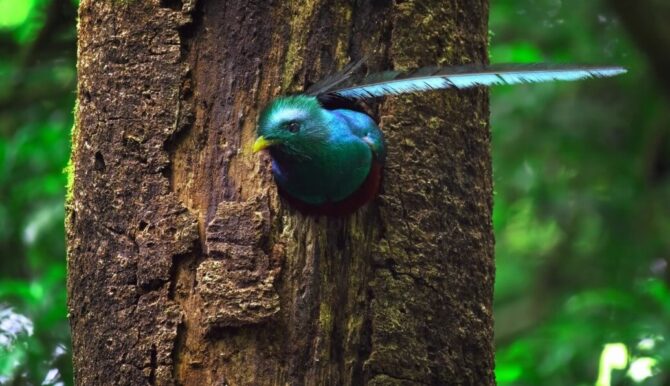The vast expanse of our skies is home to a myriad of avian wonders, each with its unique characteristics, habits, and adaptations. From the towering peaks of the Himalayas to the sprawling landscapes of North America, birds have evolved to master their environments, often reaching astonishing altitudes that defy our understanding.
This article is about amazing birds that can fly really high and far. They have adapted to survive in different places. Come with us and learn about their stories and how they conquered the sky.
1. Ruppell’s Griffon Vulture: The Sky’s Limit
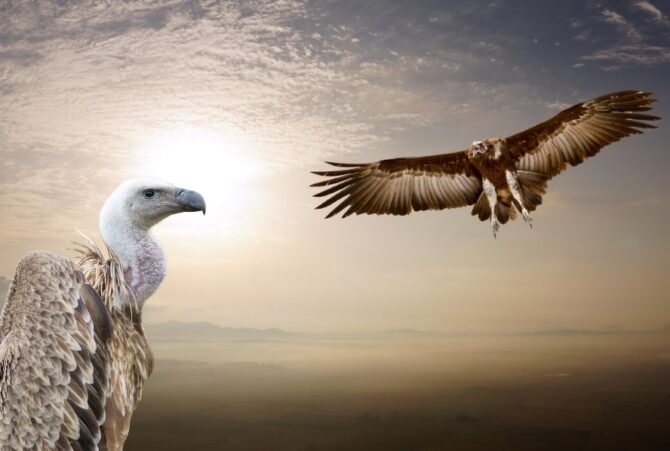
The Ruppell’s griffon vulture, scientifically known as Gyps rueppelli, holds the impressive title of being the world’s highest flying bird. Imagine looking out of the window of a commercial airliner and spotting a bird flying alongside!
This vulture has been documented soaring at staggering altitudes of up to 37,000 feet, which is roughly the cruising altitude of many commercial flights. Native to regions spanning the Horn of Africa to the vast stretches of the Sahara Desert, this bird is a magnificent sight with its expansive wingspan that can stretch up to 9 feet.
As a scavenger, the Ruppell’s griffon vulture plays a vital ecological role, feeding primarily on carcasses of dead animals, ensuring the cleanliness and balance of its environment.
2. Common Crane: The Migratory Marvel
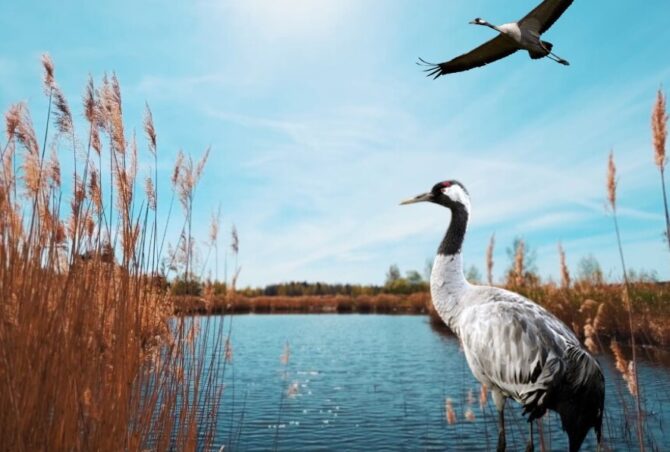
The common crane, known scientifically as Grus grus, is another bird that isn’t afraid of heights. It has been observed flying at impressive altitudes of up to 33,000 feet.
This bird has a vast range, with habitats spread across Europe, Asia, and parts of Africa. With a wingspan that can reach up to 7 feet, it’s a large and majestic bird to behold.
The common crane is known for its long migratory patterns, often traveling great distances between its breeding and wintering grounds. These migrations are not just a testament to its endurance but also its navigational skills.
3. Bar-headed Goose: The Himalayan Voyager
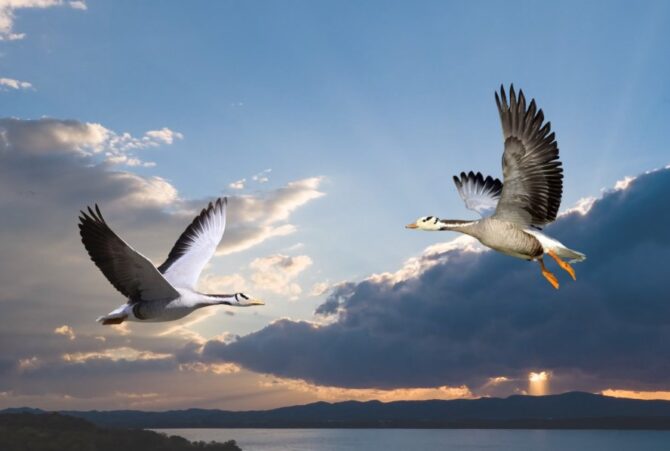
The bar-headed goose, or Anser indicus, is a testament to nature’s adaptability. Originating from the challenging terrains of the Himalayas, this bird has evolved to fly at altitudes of up to 29,000 feet, making it the highest flying goose globally.
Its migratory patterns are awe-inspiring, as it travels between the Indian subcontinent and Central Asia, navigating challenging mountain ranges and weather conditions. With a wingspan that can measure up to 6 feet, the bar-headed goose is not just a large bird but also a symbol of nature’s incredible ability to adapt and thrive in some of the planet’s most challenging environments.
4. Whooper Swan: The Majestic Migrant
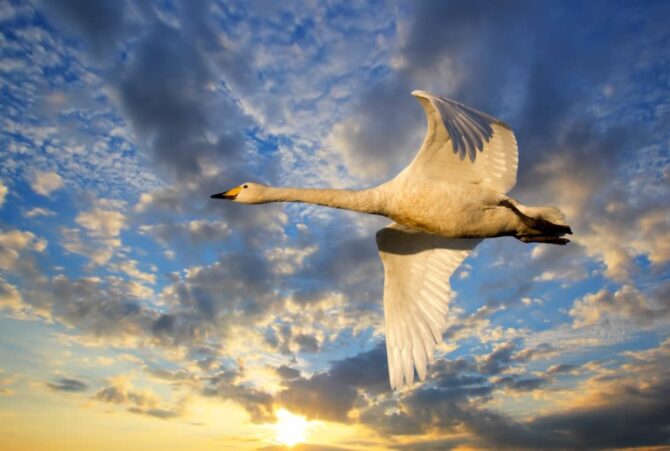
The whooper swan, scientifically known as Cygnus cygnus, is a magnificent bird with a long neck that graces the skies of Europe, Asia, and North America. With its elegant long neck and striking appearance, it’s a sight to behold, especially when you consider it can soar at altitudes of up to 27,000 feet.
This is almost as high as some of the world’s tallest peaks! As a migratory species, the whooper swan undertakes significant journeys between its breeding and wintering grounds, showcasing its incredible stamina and navigational prowess.
Its melodic calls and graceful flight make it a symbol of beauty and endurance in the avian world.
5. Alpine Chough: The Mountain Dweller
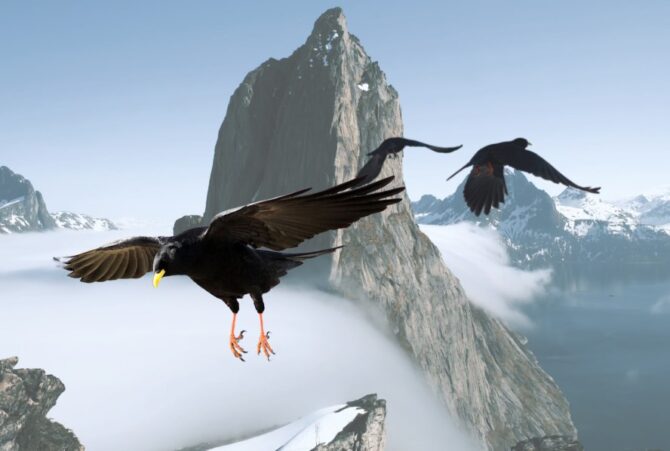
The alpine chough, with its scientific name Pyrrhocorax graculus, is a bird that thrives in the high-altitude regions of Europe, Asia, and Africa. Comparable in size to a crow, this bird has a remarkable ability to fly at altitudes reaching 26,500 feet.
Unlike many high-flying birds, the alpine chough does not migrate, choosing instead to reside in its mountainous habitats year-round. Its adaptability to such challenging environments, where oxygen levels are lower, and temperatures can be extreme, is a testament to nature’s incredible evolutionary strategies.
6. Bearded Vulture: The Bone Eater
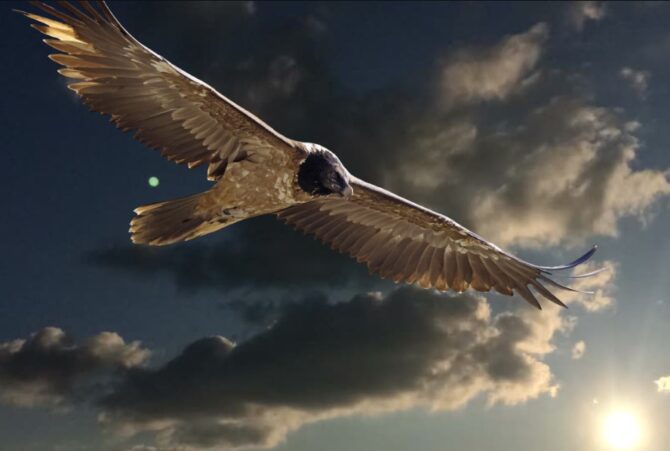
The bearded vulture, known scientifically as Gypaetus barbatus, is a formidable bird of prey that dominates the skies over the mountains of Europe, Asia, and Africa. With its striking appearance and a wingspan that can intimidate, it’s no surprise that this bird can reach altitudes of up to 24,000 feet.
But what truly sets the bearded vulture apart is its unique diet. Unlike most vultures that feed on flesh, the bearded vulture has a preference for bones. It will often drop large bones from great heights to shatter them and consume the marrow inside.
This specialized diet has earned it a place in many cultural tales and legends, often revered and respected for its power and resilience.
7. Mallard: The Ubiquitous Voyager
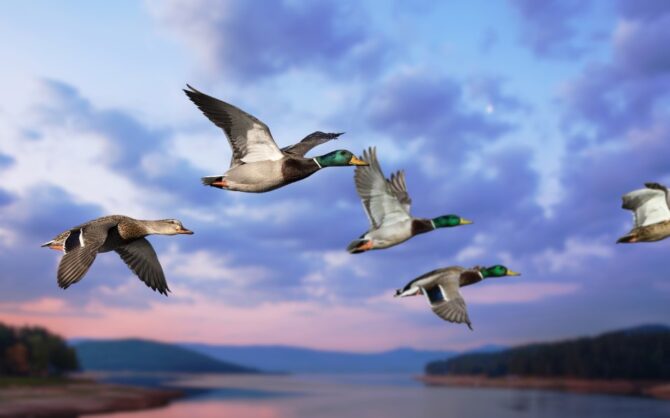
The mallard, scientifically termed Anas platyrhynchos, is perhaps one of the most recognizable and widespread ducks in the world. Found across Europe, Asia, and North America, this bird is not just known for its distinctive coloration but also its impressive flying capabilities.
Reaching altitudes of up to 21,000 feet, the mallard showcases its adaptability and endurance. As a migratory species, the mallard embarks on extensive journeys between its breeding and wintering grounds, navigating diverse landscapes and weather conditions with ease.
8. Bar-tailed Godwit: The Marathon Flyer
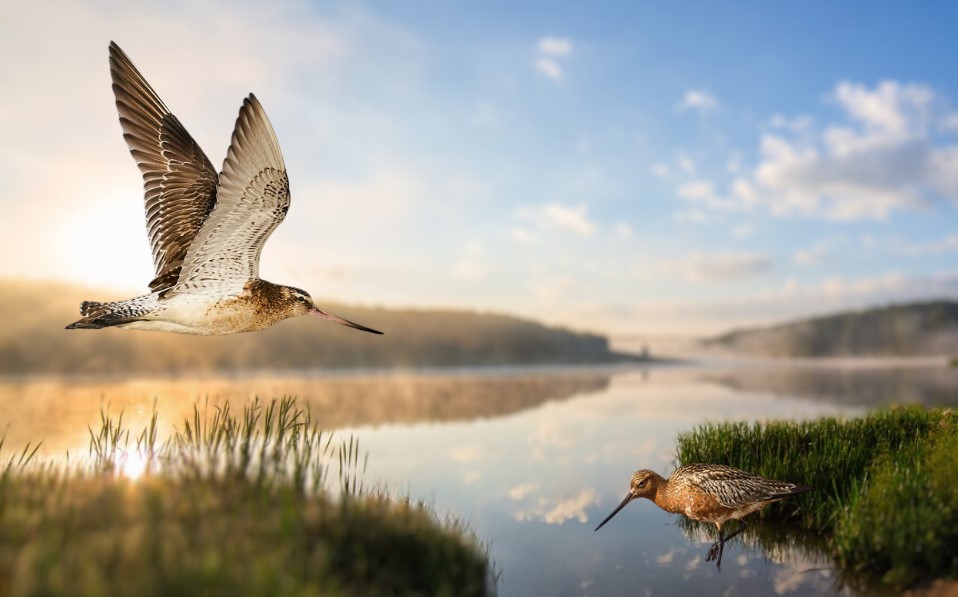
The bar-tailed godwit, or Limosa lapponica, is a testament to nature’s incredible feats. This large shorebird, native to the Arctic and subarctic regions, holds the record for one of the longest non-stop flights in the avian world, covering distances of over 11,000 miles without a break.
Flying at altitudes of up to 20,000 feet, the bar-tailed godwit’s migration is a marvel of endurance and navigational skill, showcasing the bird’s adaptability to extreme conditions.
9. White Stork: The Iconic Migrant
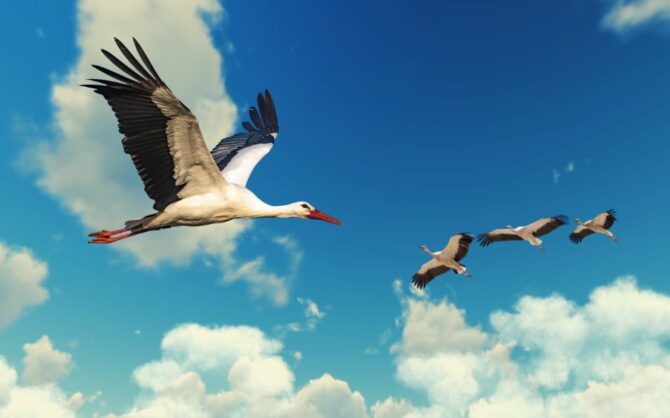
The white stork, known scientifically as Ciconia ciconia, is an emblematic bird often associated with folklore and legends, especially in Europe. With its striking appearance, it’s a bird that captures attention.
But beyond its cultural significance, the white stork is an impressive high-flyer, reaching altitudes of up to 16,000 feet. As a migratory species, it undertakes significant journeys between Europe, Asia, and Africa, navigating vast distances between its breeding and wintering habitats.
10. Andean Condor: The Soaring Giant

The Andean condor, with its scientific name Vultur gryphus, is a symbol of majesty and power in the Americas. As the largest flying bird in the region, its wingspan is a sight to behold. Native to the Andes Mountains of South America, this bird has evolved to master the high-altitude environments, soaring gracefully at heights of up to 15,000 feet.
Revered in many indigenous cultures, the Andean condor is not just a bird but a symbol of freedom and the spirit of the mountains.
How High Can They Fly
| Rank | Bird | Maximum flying height (feet) |
|---|---|---|
| 1 | Ruppell’s griffon vulture | 37,000 |
| 2 | Common crane | 33,000 |
| 3 | Bar-headed goose | 29,000 |
| 4 | Whooper swan | 27,000 |
| 5 | Alpine chough | 26,500 |
| 6 | Bearded vulture | 24,000 |
| 7 | Mallard | 21,000 |
| 8 | Bar-tailed godwit | 20,000 |
| 9 | White stork | 16,000 |
| 10 | Andean condor | 15,000 |
FAQs
Why are these birds able to fly so high?
These birds have adapted to living in high altitudes. They have large wingspans, which help them to stay airborne in the thin air.
They also have efficient respiratory systems, which allow them to breathe in the low-oxygen air.
What are some of the challenges of flying at high altitudes?
There are several challenges of flying at high altitudes. The air is thinner at high altitudes, which makes it harder for birds to fly.
The air is also colder at high altitudes, which can make it difficult for birds to stay warm.
What are the benefits of flying at high altitudes?
There are also some benefits to flying at high altitudes. Birds that fly at high altitudes can avoid predators and find food that is not available at lower altitudes.
How do birds find their way when they fly so high?
Birds use a variety of methods to find their way when they fly high. Some birds use the sun and stars to navigate. Others use landmarks on the ground.
Closing Thoughts
The world of birds is a testament to nature’s boundless creativity and adaptability. These ten high-flying species, each with its unique story, showcase the incredible evolutionary strategies that allow them to thrive in their respective environments.
From the bone-eating habits of the bearded vulture to the marathon flights of the bar-tailed godwit, these birds remind us of the wonders of the natural world and the mysteries that still await our discovery. As we look up to the skies, let us appreciate the beauty, resilience, and marvels of these avian wonders, and be inspired by their flights of endurance and adaptability.



